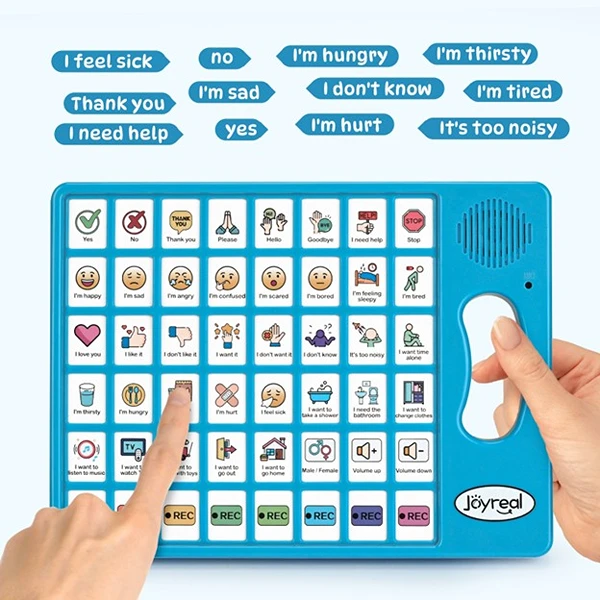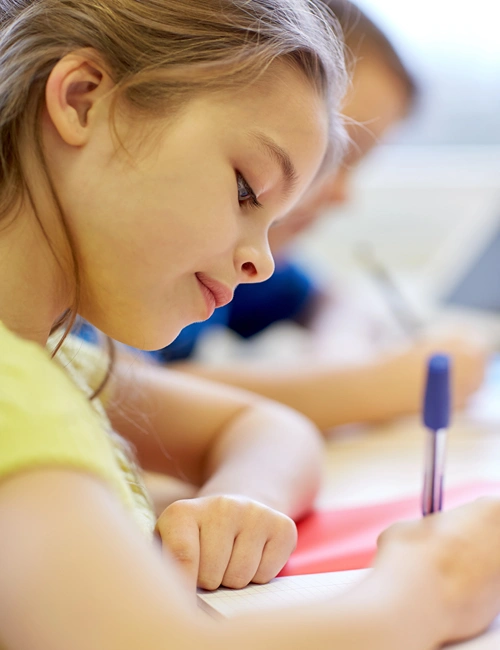How SaaS Learning Management Systems Are Revolutionizing Training
With the rise of SaaS learning management systems (LMS), training methods have experienced an unprecedented change. Such platforms offer unique solutions for education-related needs and corporate training requirements.
The traditional classroom model is rapidly being replaced by cloud-based solutions that offer greater convenience and efficiency. This shift represents a fundamental transformation in how organizations approach employee development and skill building.
With SaaS LMS platforms allowing for flexibility and accessibility, the future of how people and organizations learn is changing. Whether you’re looking for a comprehensive SaaS learning management system for your software company or exploring training solutions for any industry, these systems provide the foundation for modern learning experiences. In this post, we’ll explore why you should make use of these systems and examine their typical features.
Flexibility and Accessibility
There is unmatched flexibility with SaaS LMS platforms. Training material can be accessed from any corner of the world with internet access, thus overcoming geographical barriers. Learners can work on their own schedule, creating a more individualized learning environment. These systems also provide support for multiple devices, meaning that learning is possible from a smartphone, tablet, or computer.
Cost-Effectiveness
Traditional physical training methods demand significant capital costs, as they are resource-heavy and infrastructure-driven. SaaS LMS platforms drastically eliminate these costs. These online systems get rid of printed materials and dedicated training spaces by hosting content online. Subscription models also help organizations only pay for the features required, making the most out of their budgets.
Scalability
Training needs of organizations change as they grow. SaaS LMS provides a scalable solution that meets ever-changing demands. Whether the organization is experiencing workforce expansion or rolling out new courses, such systems cater to growth without extensive reworking of infrastructure. Such scalability allows businesses to address evolving training needs in the most efficient manner.
Customization and Personalization
Customization is one of the primary benefits of SaaS LMS platforms. By aligning content to their goals and branding, organizations can customize their material. This lets learners interact with resources that best fit their learning style and preferences. This approach not only boosts engagement and retention but also achieves better training results. According to research from the U.S. Department of Education, personalized learning approaches can significantly improve educational outcomes across various training environments.
Integration Capabilities
SaaS LMS platforms can integrate seamlessly with existing systems. Such compatibility helps organizations smoothly transition to new training methods. Integration with other tools like HR and CRM software streamlines the process and improves training programs overall.
Data-Driven Insights
A valuable capability of SaaS LMS platforms is the ability to collect and analyze data. Organizations can monitor learner progress, identify learning gaps, and adjust content accordingly. Such data-driven methods help organizations make decisions based on facts instead of assumptions, providing an avenue for long-term optimization of their training plans and improved results.
User-Friendly Interfaces
SaaS LMS platforms prioritize ease of use. Intuitive interfaces allow administrators and learners to navigate these systems with minimal training. An enhanced user experience is achieved through easily accessible content, progress tracking, and assessments facilitated by clear layouts, intuitive navigation, and recognizable icons.
Security and Reliability
When it comes to online platforms, security must be the top priority. Data protection is among the top priorities of SaaS LMS providers who implement encryption and other security measures to protect sensitive information. By routinely updating and maintaining these systems, they can maintain reliability and address potential threats, providing peace of mind to organizations and learners.
Continuous Updates and Support
One of the advantages of SaaS LMS platforms is that they provide ongoing updates and maintenance. Providers regularly upgrade their systems and add new features, with improvements made available instantly to all organizations using the service. Plus, organizations can always contact customer support with any issues or questions, helping to ensure the systems are easy to adopt and use.
Environmental Benefits
Digital training benefits the environment significantly. SaaS LMS platforms have a smaller carbon footprint since they eliminate the need for printed materials and travel to training sites. This approach aligns with sustainability initiatives and reduces environmental impact.
Conclusion
SaaS LMS has revolutionized training by changing how businesses approach staff development, offering accessible, scalable, and budget-friendly solutions to keep teams trained effectively. From customization to integration to data-driven insights, these platforms enhance the learning experience for both individuals and organizations. With continued technological advancements, SaaS LMS will play a crucial role in the training process and will continue revolutionizing the future of education and professional development.









